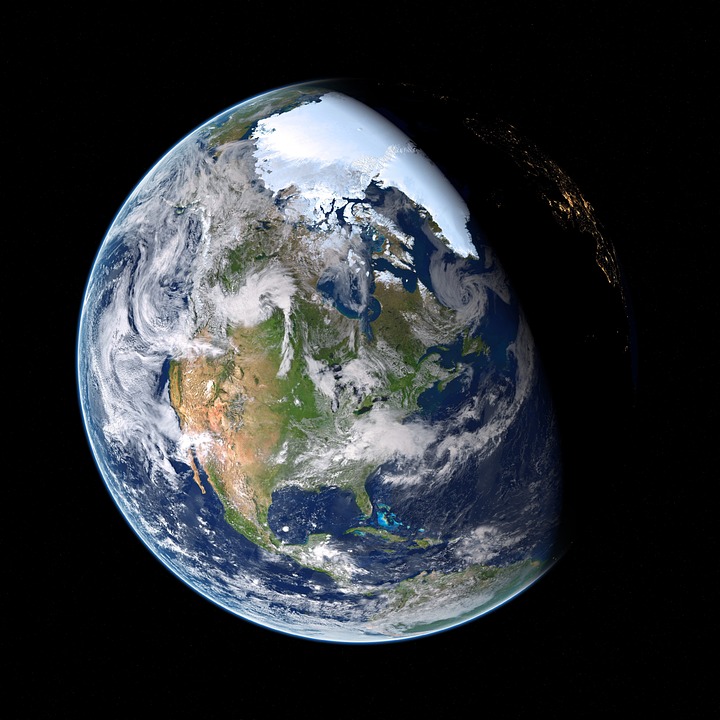What Is Global Warming? A Kid-Friendly Guide to Understanding Earth’s Climate
—
Introduction
Global warming is a big topic, but it can be explained simply: it’s when Earth gets warmer over time. Learning about global warming is important because it helps us understand how our planet works and how our daily lives are connected to changes in the climate.
1. What Is Global Warming?
– Definition: Global warming means that the average temperature of Earth is slowly rising, making it warmer than it used to be.
– Greenhouse Gases: These are gases like carbon dioxide (CO₂) that trap heat in Earth’s atmosphere, much like a blanket keeps you warm at night.
– Why It Happens: Activities such as driving cars, using electricity, and cutting down trees release greenhouse gases into the air. This is one of the main reasons for global warming.
2. How Does Global Warming Affect the Planet?
– Melting Ice and Rising Seas: As temperatures rise, ice in places like the Arctic melts, causing sea levels to rise and changing coastlines.
– Extreme Weather: Global warming can lead to more intense storms, hotter days, and unusual weather patterns that can affect where we live.
– Impact on Animals: Animals like polar bears depend on cold environments. When temperatures rise, their habitats change, making it harder for them to survive.
3. Why Is Global Warming a Problem?
– Changing Habitats: Warmer temperatures can make it difficult for some plants and animals to find food and shelter.
– Human Impact: Global warming can lead to health issues, reduce food and water supplies, and make some places uncomfortable to live in.
– Future Generations: Protecting our planet now is crucial for kids and everyone who will live here in the future. We want a healthy Earth for generations to come.
4. What Can Kids Do to Help?
– Reduce, Reuse, Recycle: Use fewer resources by recycling materials and finding new uses for old items.
– Save Energy: Simple actions like turning off lights when leaving a room, using less water, or walking or biking instead of driving can help reduce pollution.
– Spread Awareness: Kids can talk to their friends and family about how to protect the Earth and make smart choices that benefit the environment.
FAQs
– What causes global warming?
Global warming is primarily caused by human activities that release greenhouse gases into the atmosphere.
– How does global warming affect animals?
It changes their habitats and food sources, making survival more difficult for many species.
– What are greenhouse gases?
Greenhouse gases are substances like carbon dioxide and methane that trap heat in Earth’s atmosphere.
– Can global warming be stopped?
While we may not be able to stop it completely, we can slow it down by reducing greenhouse gas emissions.
– What can I do to help reduce global warming?
You can save energy, recycle, and educate others about environmental issues.
– Why do we need trees to help fight global warming?
Trees absorb carbon dioxide from the air and provide oxygen, helping to balance the atmosphere.
Conclusion
In summary, global warming is a gradual increase in Earth’s temperature mainly due to human activities. Kids play an important role in making a difference by learning about these issues and taking small actions that help protect our environment. By caring for the Earth today, we ensure a better future for everyone who lives here.

Kyle Whyte is a notable scholar and professor at the University of Michigan, holding positions such as the George Willis Pack Professor in the School for Environment and Sustainability and Professor of Philosophy. Specializing in environmental justice, his work critically examines climate policy and Indigenous peoples’ ethics, emphasizing the nexus between cooperative scientific endeavors and Indigenous justice. As an enrolled Citizen Potawatomi Nation member, he brings a vital perspective to his roles as a U.S. Science Envoy and member of the White House Environmental Justice Advisory Council. His influential research is supported by various prestigious organizations including the National Science Foundation, and disseminated through publications in high-impact journals. Kyle actively contributes to global Indigenous research methodologies and education, with affiliations to numerous institutes and societies dedicated to traditional knowledge and sustainability. Recognized for his academic and community engagement, Kyle has earned multiple awards and served in various visiting professorships. His efforts extend to leadership positions on boards and committees focused on environmental justice nationwide.
